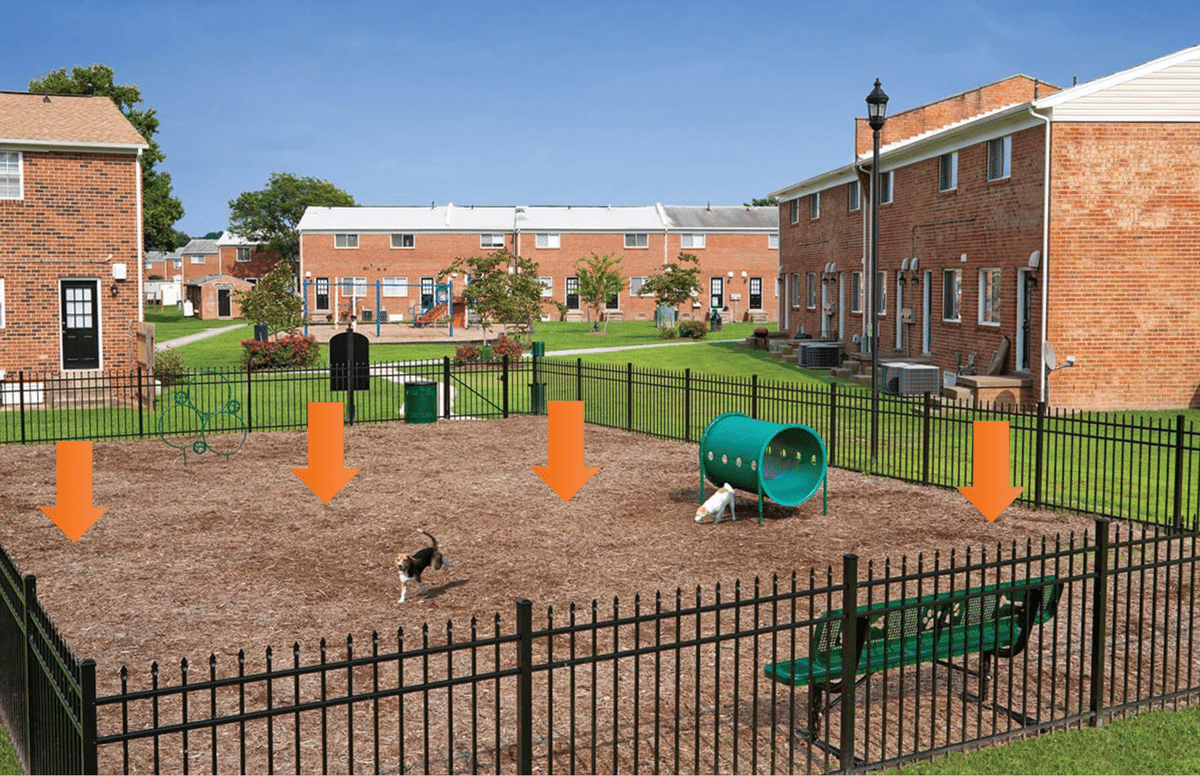Choosing the right surfacing is one of the most important aspects of designing and building a new dog park.
By Pet Pro Supply Co. Featured Expert,
Stephanie Devine
VP of Marketing and Brand Strategy at PlayCore, owners of BarkPark Dog Park Equipment
This article is a part of a larger Pet Pro Supply Co. series on Dog Parks. See the list of articles below:
The right surface can often mean the difference between a “destination space” with repeat visitors or a muddy mess with dog and patrons alike leaving the park looking like they just competed in a mud run.
The good news is that dog park surfacing doesn’t have to break the bank. We’re going to cover surfacing options to keep your dog park looking pristine (and your users at least a little tidier).
“Why do you even need surfacing? It’s a dog park!”
Dog parks have greatly evolved over the past decade. They began as simply an open space with a fence. Fast forward to today, they are true playgrounds for our furry friends. Some of the grandest dog parks out there feature agility equipment, shade, water features, waste stations, and yes, surfacing. Where we typically see surfacing at a child’s playground, it has become quite the norm in dog park settings. The reason for the trend is simple: Constant paw traffic on regular grass wears it down and creates large patches of dirt where grass cannot grow. When you add rain and a wide-open bathroom, these dirt patches become muddy pits…
Read More on Pet Pro Supply Co.











